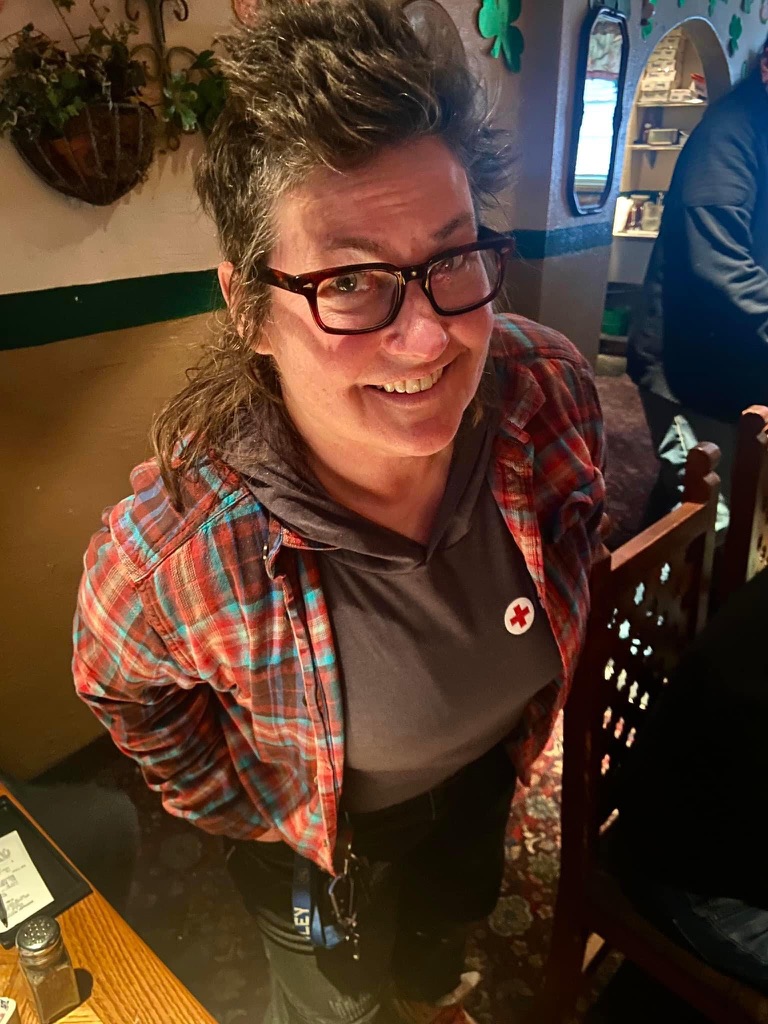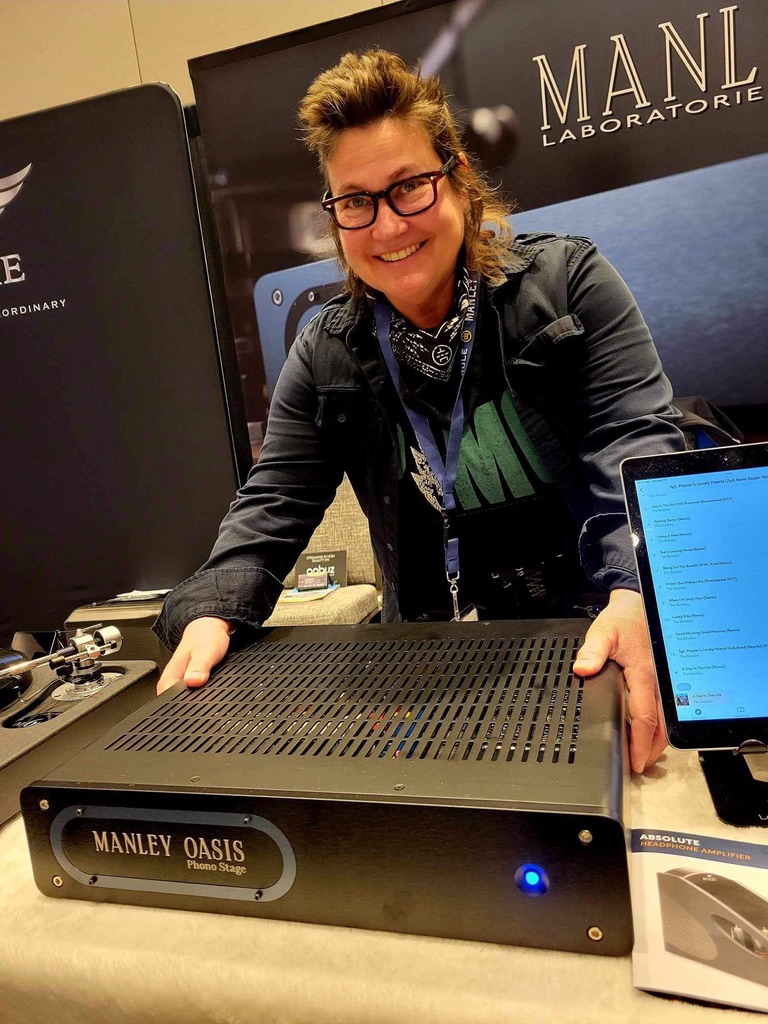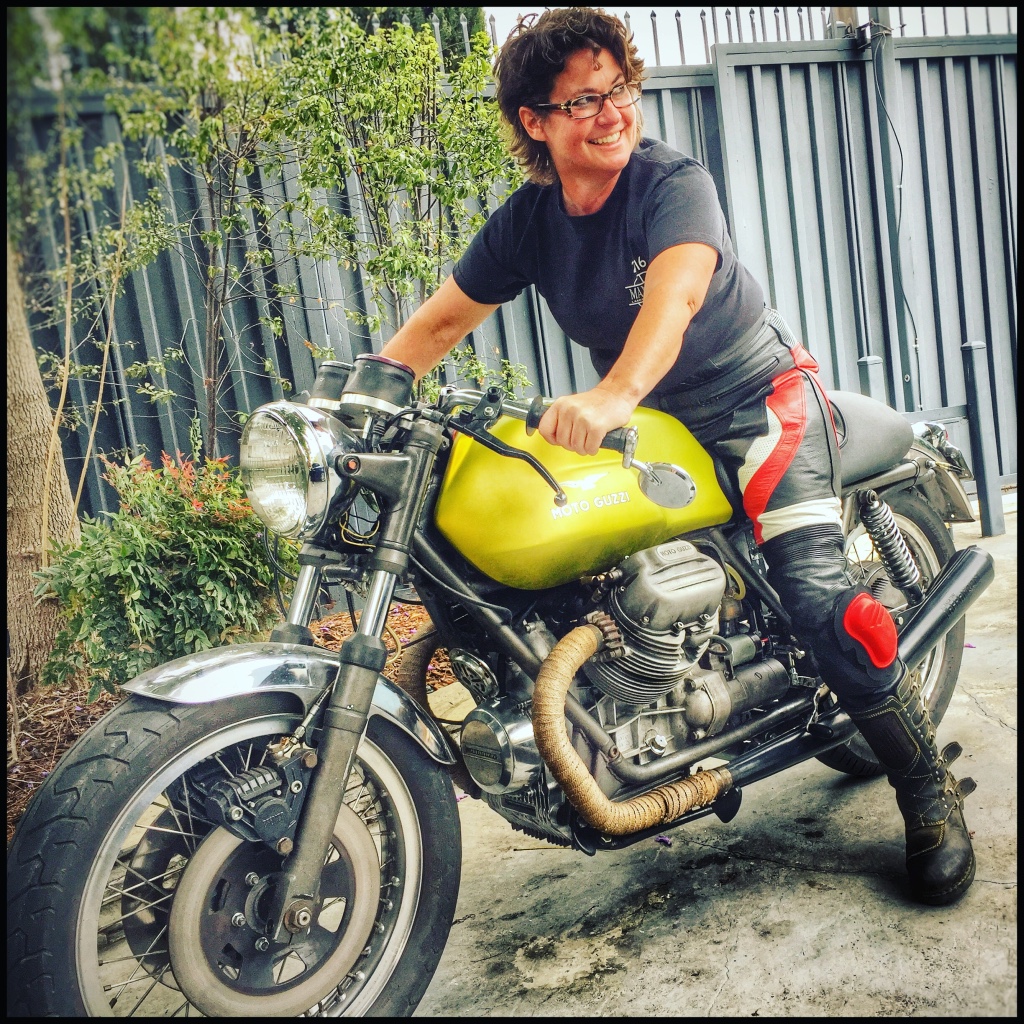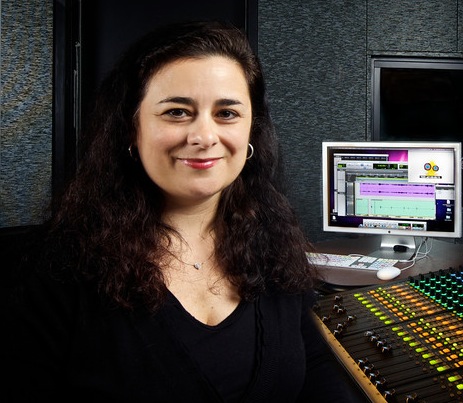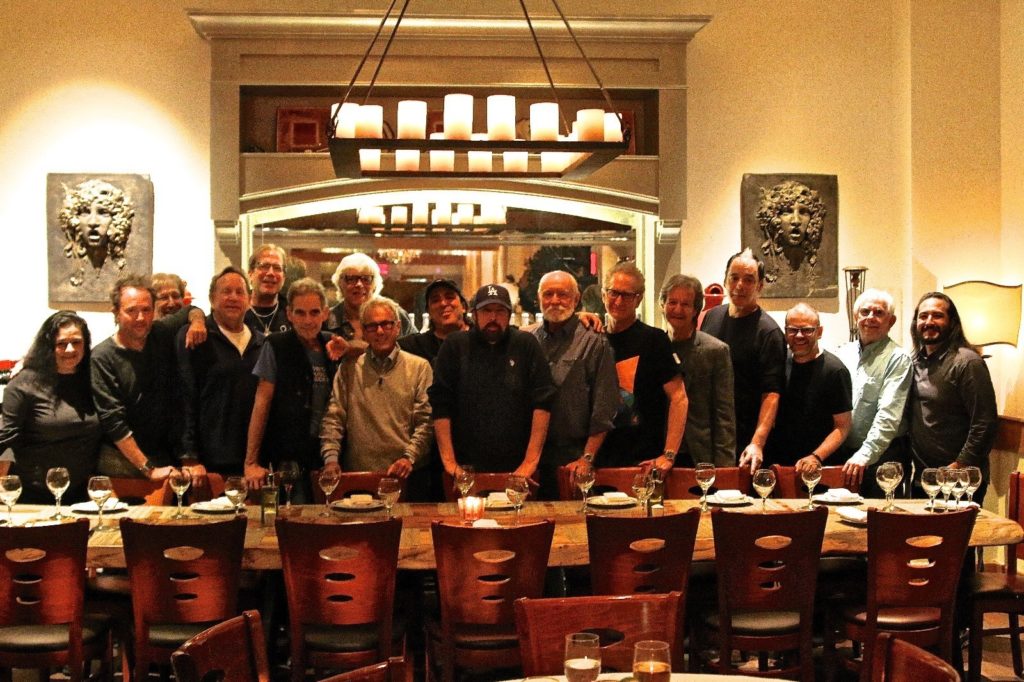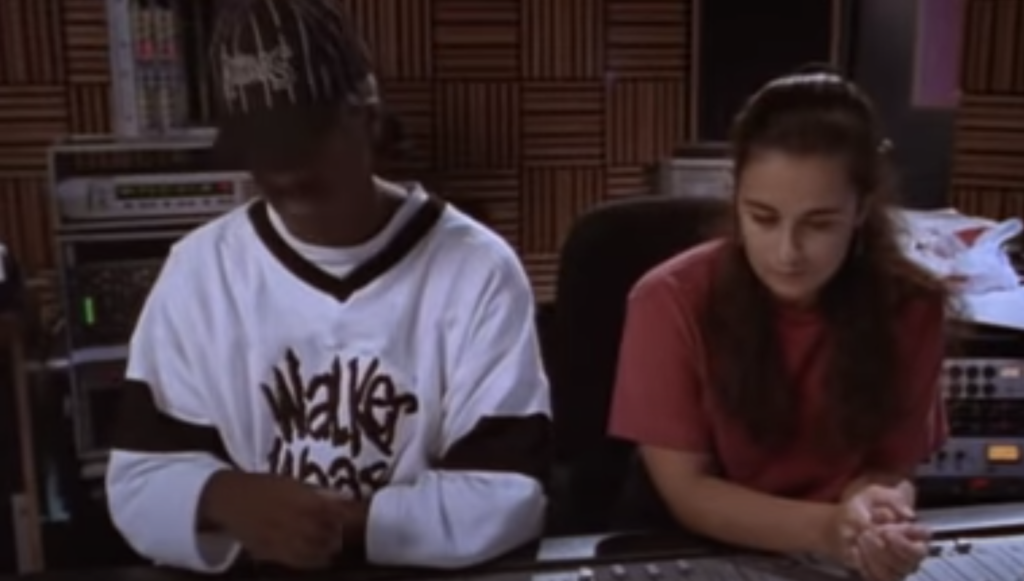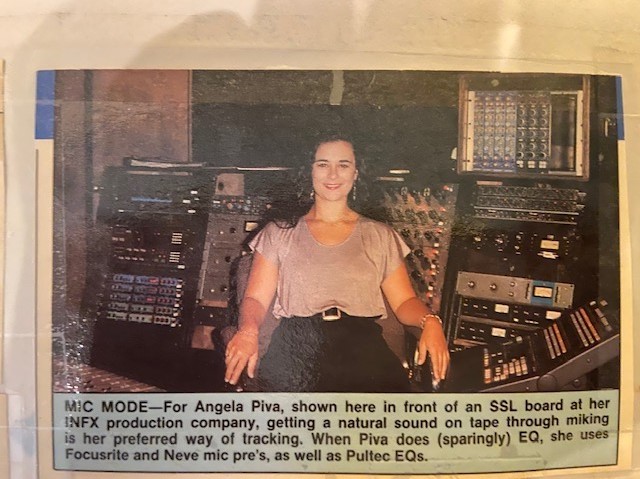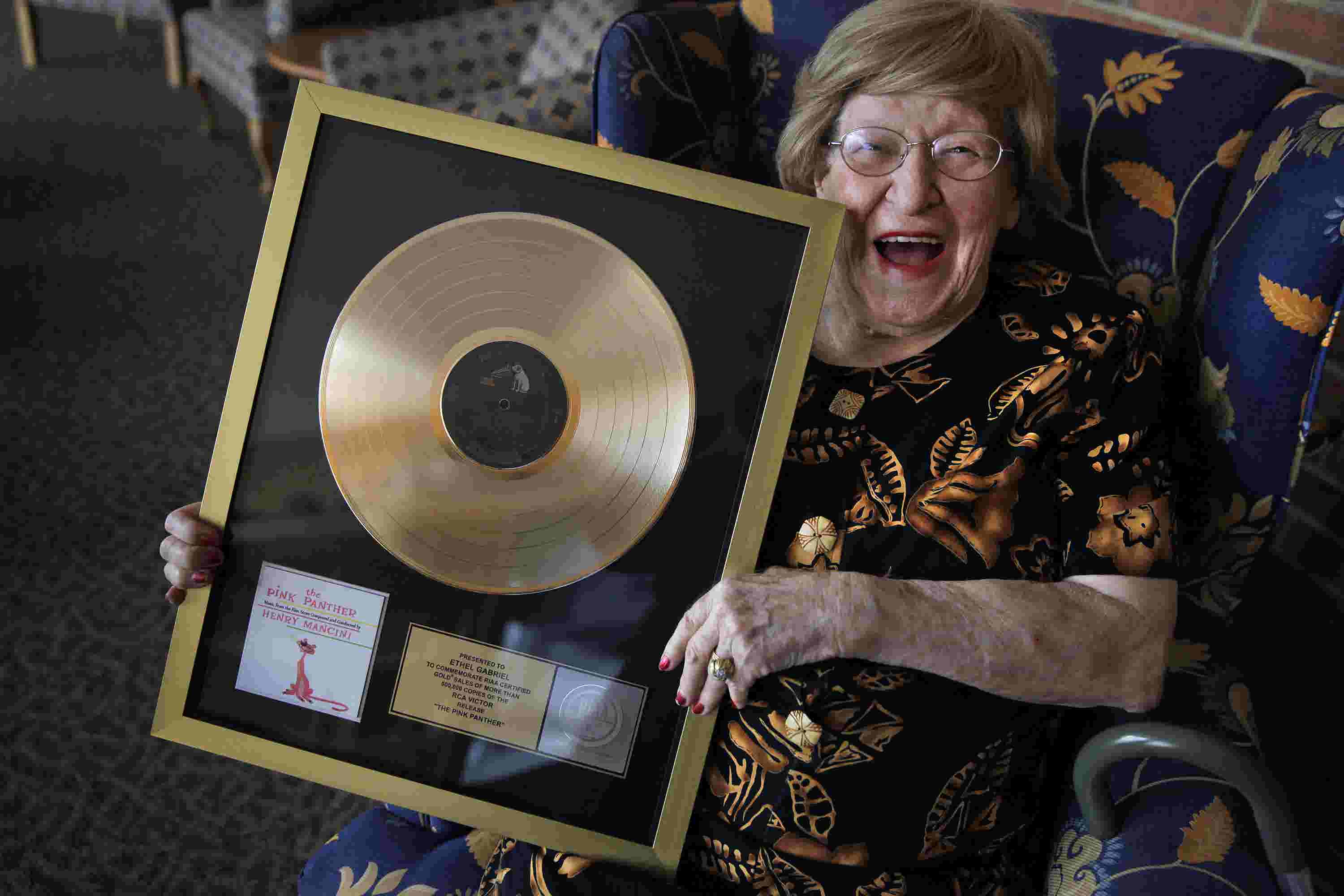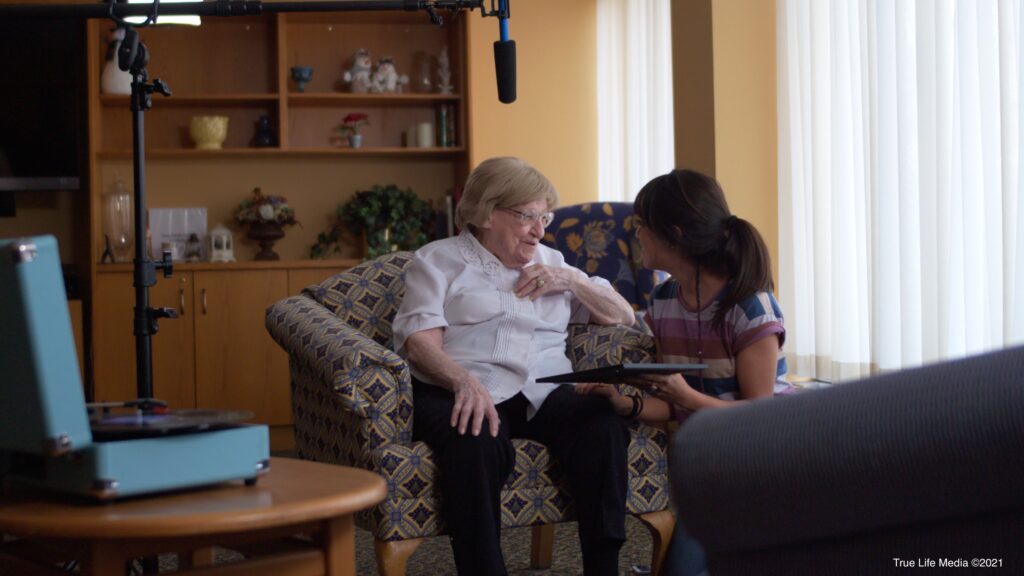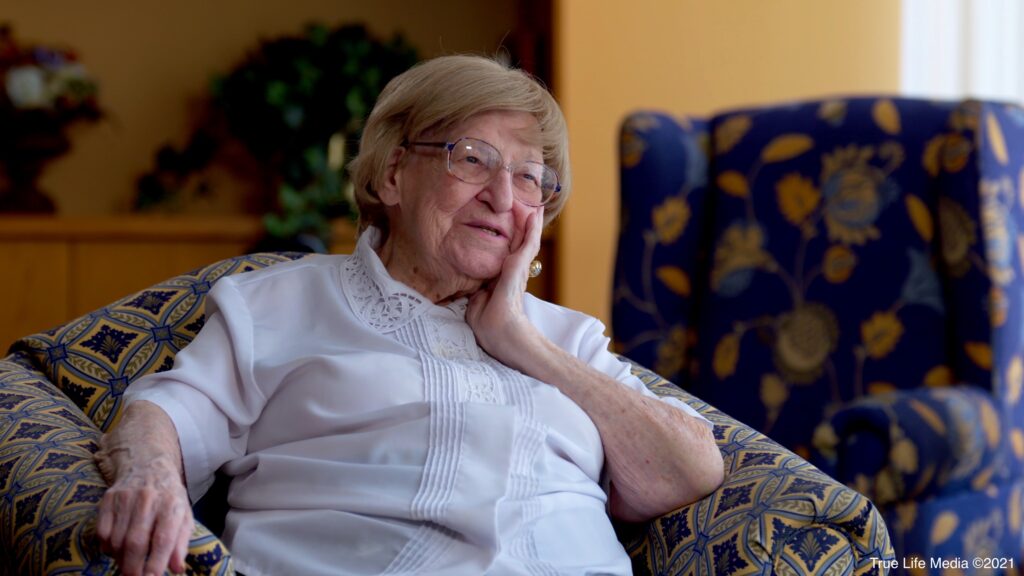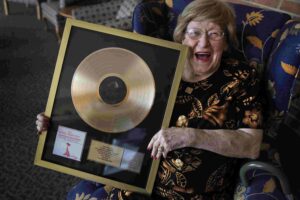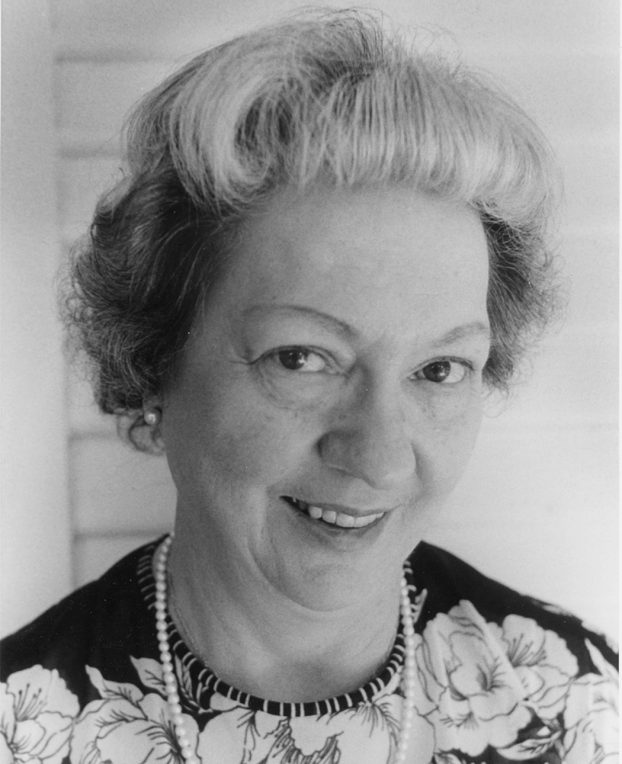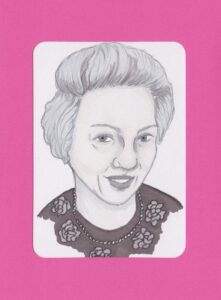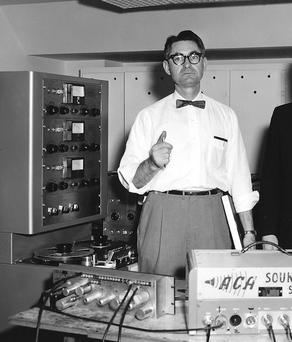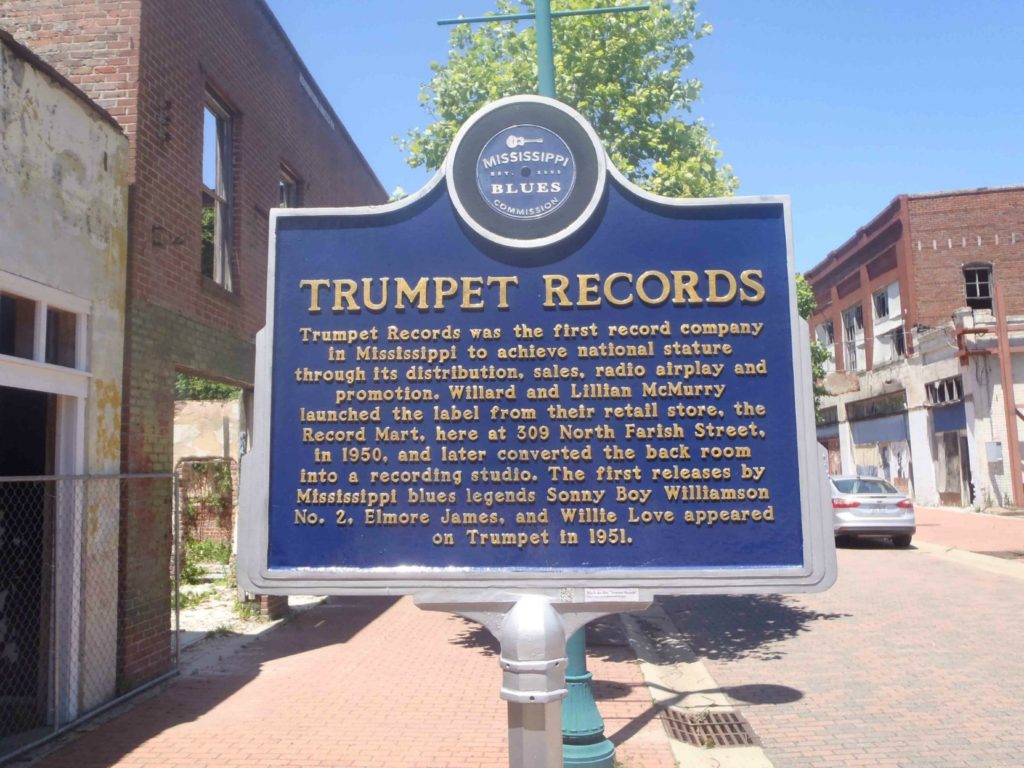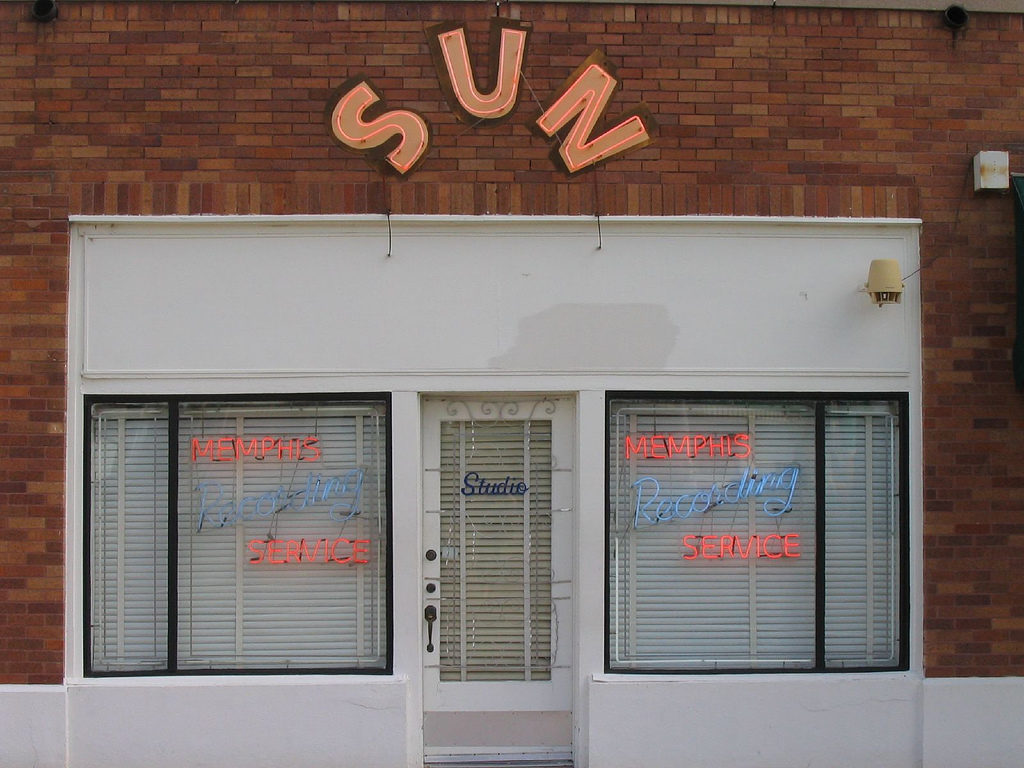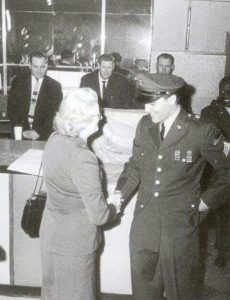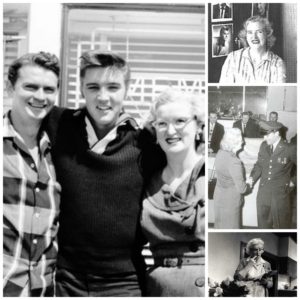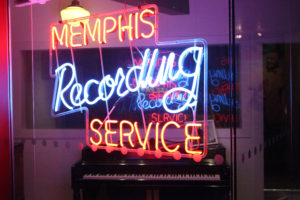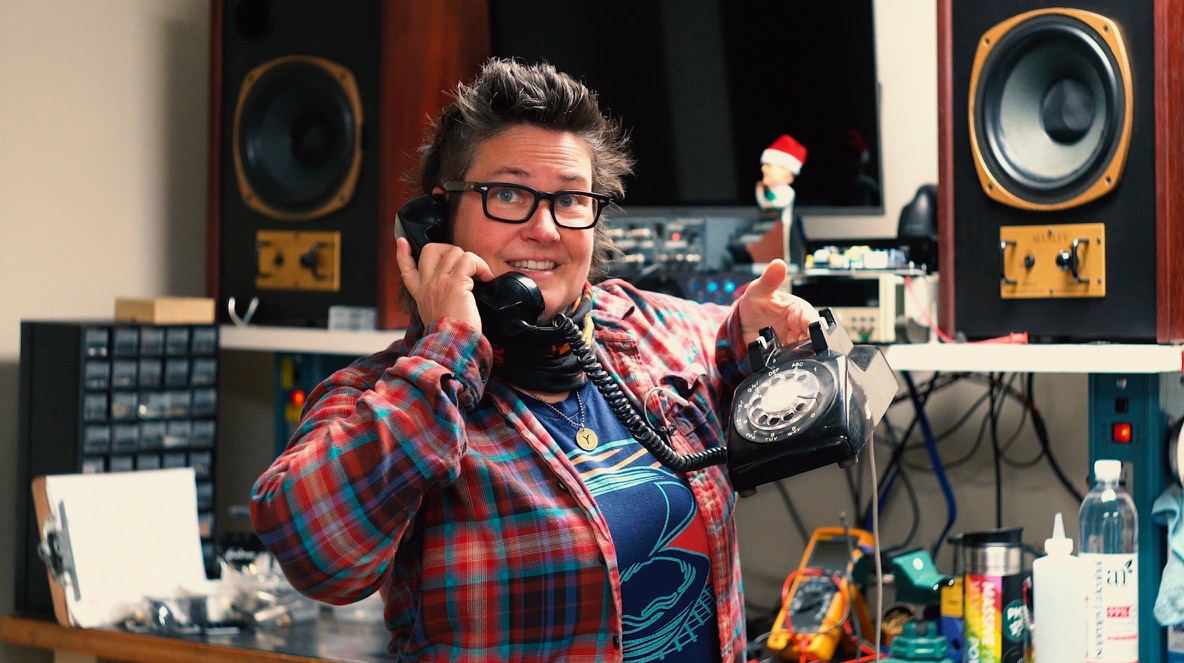
EveAnna Manley – Boss Lady, Owner, CEO, President, Typist!
EveAnna Manley has been manufacturing Pro Audio and audiophile vacuum tube gear since 1989. EveAnna would start at Vacuum Tube Logic of America, Inc., which would eventually split to form Manley Laboratories, Inc. in 1993.
Early Life:
When did you discover audio as a career path?
January 1989 when David Manley hired me to work on the assembly line.
How did you get interested in audio?
Growing up, I listened to my stepfather’s tales of the glorious days in the late 1960s when he acquired AMPEG. During his reign, the illustrious SVT bass amplifier was developed, and the Rolling Stones took the first prototypes out on the road. While I never was a guitar player, the thought of working in manufacturing was not altogether foreign to me.
Did music and audio interest you while you were growing up?
Yes, absolutely. As a child, I had no shyness turning on my parent’s tube Hifi system to play top 40 radio or spin up a record on the Garrard turntable. I had a little dictation cassette player which I used to record Casey Kasem’s American Top 40 to be able to enjoy the shows later. I just had no knowledge of Electronics and the best I could do was to place the dictation microphone in front of one of the loudspeakers, which also captured our dog barking, unfortunately.
Educational Background
Did you attend a University/College/Trade School?
Yes! Columbia University in the City of New York, graduating with a B.A. and a minor in music.
Musical Background?
Initially in fourth grade, we could all get out of social studies class if we joined Strings. So, of course, we all did that and learned how to read music and play violin but in fifth grade all the cool kids jumped to Band. The Band Director put me on clarinet. In 7th Grade, I learned how to play Alto Sax. When my braces came off in 8th Grade, I learned how to play trumpet. I was a huge band geek all through high school playing clarinets and saxophones. I played a little trumpet during college for the Columbia University Marching Band (r.i.p.).
Career Start
How did you get your start?
Inspired one day in a music class by the great impresario Bill Graham, I decided to take the next semester off and traveled to the West Coast to seek a job in the music business. I initially was heading to San Francisco to try to get a job for BGP, but got sidetracked in Los Angeles where I had stopped to visit one of my high school band directors.
How did your early internships or jobs help build a foundation for where you are now?
My first summer job was performing a campus-wide physical inventory for my high school in Atlanta. I had to also enter every asset into a very primitive computer system. For the next few years, I worked at a picture framing shop cutting glass, cutting mats, building frames, and generally working with my hands. At this job, I observed business practices such as Purchasing, Inventory, and Quality Control while also appreciating working to a high standard to satisfy the rich housewives of Atlanta with the quality of our work.
What did you learn interning or in your early jobs?
When I joined David Manley’s VTL factory, I saw that they were missing some of these rudimentary business organizational systems and took it upon myself to create paper systems for that young company. Those systems later evolved into spreadsheets in Excel and later into more complicated, custom-built, relational database systems using Filemaker, which we still use today.
Did you have a mentor or someone that helped you?
During those early years, I came off the production line and set up my own electronics test bench. I started to learn how the equipment worked mostly by learning how it did not work. I received equipment from the production line that had human errors that had to be figured out and corrected. I received early prototypes of David Manley’s design bench that did not fully function, thus, my quest for improving everything around me taught me most of what I know about Electronics. That said, of course, many people over the decades fostered my informal education in Electronics and design. I am very fortunate to have garnered inspiration from working with people such as The Mastering Lab’s Steve Haselton, early customers such as Chris Pelonis, or even famous folks like Ray Charles!
Career Now:
What is a typical day like?
Coffee, Feed the Dogs, Attack the Inbox. Numerous administrative tasks take me through the whole day. I am basically on the computer all day every day.
How do you stay organized and focused?
I was diagnosed in my mid-40s with ADHD, which explained why I naturally had to develop coping mechanisms to stay ultra-organized. As somebody in the audio industry, I have a terrible auditory memory as it relates to words or reminders so I have to write everything down. For instance, if I see somebody’s name written down, or better yet if I write it out, I have a better chance of remembering it. I also rely heavily on my calendar and my 1Password password management system. If I don’t write it down, I’ll inevitably get distracted, and forget to do it.
What do you enjoy the most about your job?
The people around me! I get to work with fellow music geeks, and at the end of the day, we all get to be friends and socialize.
What do you like least?
Endless typing and administrative tasks. I am imprisoned by my Inbox. I am chained to the computer. It is literally wrecking my body.
What is your favorite day off activity?
Riding motorcycles or playing softball.
What are your long-term goals?
To regain my health after breaking my shoulder and having a spinal fusion last year so that I can spend more time outdoors, with family and friends, and away from The Computer.
What if any obstacles or barriers have you faced?
Youth and Optimism were overcome by experience and pain….
How have you dealt with them?
Head On. Knowing I was doing the right thing. Trying to do the best for everyone. Always being honest and as full of Integrity as I could muster.
Advice you have for other women and young women who wish to enter the field?
Don’t be ashamed to start on the ground floor and work harder than everyone around you to build skills and experience. We don’t step on others and competition is overrated. A rising tide floats all ships. Build associations and friendships even with your fierce competitors. Everyone wins!
Must have skills?
Honesty, Integrity, Drive.
Favorite gear?
3rd gear on the Twisties!
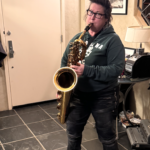 More on EveAnna Manley
More on EveAnna Manley
Selected Interviews with EveAnna Manley
- June 2024 Bonzai Beat video interview for NAMM
- August 2023 Storyophonic Podcast: ‘Meet EveAnna Manley’
- July 2023 MusicTech: “How women- and non-binary-led music tech manufacturers are navigating a male-dominated industry”
- January 2023 ‘Rock oN’ Interview in JAPANESE
- January 2023 ‘ReVoicing the Future’ Podcast, Episode 37
- June 2022 ‘She Rocks Awards’ Acceptance Speech
- June 2022 Hook Up, Inc. Interview at NAMM
- August 2021 TEC Spotlight: EveAnna Manley
- June 2021 ‘One and Dunn’ Podcast, Episode 4
- May 2021 ‘Ready To Record’ Podcast, Episode 24
- April 2021 Music Expo ‘No Stupid Audio Questions’
- February 2021 PS Audio Interview, Part One / Part 2
- January 2021 NAMM Oral History Interview
- January 2021 ‘Beat The Often Path’ Podcast / YouTube
- December 2020 WCRW AM1190, ‘The Bridge’
- November 2020 KMD Productions, ‘How to Survive in An Industry In Turmoil’
- November 2020 Factory Tour and Interview, presented by CRAS
- September 2020 ‘From the West Barn’ Podcast
- June 2020 Music Direct ‘Conversations from the Listening Room’
- November 2019 My HiFi Guest : EveAnna Manley of Manley Labs
- November 2019 Funky Junk ‘Talking Heads’: An Interview with EveAnna Manley
- August 2019 Mastering Life, Mastering Music video interview with Tony “Jack the Bear” Mantz
- July 2019 InnerFidelity Podcast No. 13 With EveAnna Manley of Manley Labs
- January 2019 KMR Audio Designer Talk
- June 2019 ‘Behind The Brand’ with EveAnna Manley at Sweetwater Sound
- October 2018 Gear Club Podcast #29: In Tubes We Trust – EveAnna Manley
- October 2018 Audioforo (Spanish) – click here for the English translation
- October 2018 Manley Labs’ EveAnna Manley Talks Tubes, Innovation + More with Vintage King
- May 2018 Pourlesmusicians.com – EveAnna Manley en Interview Chez Home Studio and video in FRENCH
- May 2018 Woodbrass: Entretien avec EveAnna Manley in Paris, France and video in FRENCH and ENGLISH
- April 2018 EveAnna Manley lecture at SAE Institute in Paris in FRENCH and ENGLISH
- March 2018 Recording Studio Rockstars with Lij Shaw
- March 2018 Part Time Audiophile The Occasional Podcast with EveAnna Manley
- March 2017 Mix Messiah Productions, ‘31 Women In Audio’
- May/June 2014 Tape Op #101: EveAnna Manley: Behind The Gear with Manley Labs
- April/May 2014 Tape Op #101: EveAnna Manley (bonus): This Issue’s Ruler of Tubes
- July 2013 Record Collector News “Made in Chino, Not China”
- May 2008 Audio People Radio Interview with EveAnna Manley in FRENCH & English
- October 2006 The Absolute Sound: 13 Questions for EveAnna Manley
- May 2006 Image HiFi Interview for Germany
- September 2002 PROSOUND Japan Interview
- August 2002 Pro Sound News Europe Interview
- June 1999 Sonovision Interview in FRENCH
- June 1999 Audio Technology Interview
- August 1998 Pro Audio Review Interview
- 1998 Russian Class A Interview
- 1997 Russian Class A Interview
